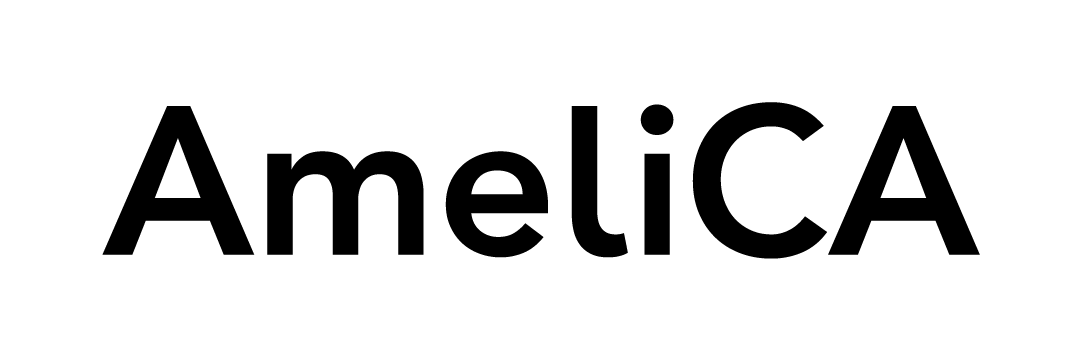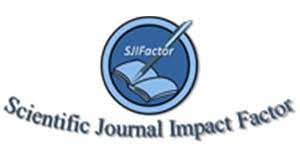Phytoaccumulation of heavy metals (Cd, Cr, Ni, Pb) in sediment of the Estero Salado ( Urdesa Norte sector ) in corn crop (zea mays l).
DOI:
https://doi.org/10.53591/rug.v116i2.667Keywords:
waste, phytoaccumulation, toxic heavy metals, maize, necrosis, chlorosis, thinning, inhibition, FT, FBCAbstract
One of the features in the city of Guayaquil, for contamination by toxic heavy metals in the Estero Salado, is due to the discharge of waste, highlighting those that come from industrial and domestic activities. Research was conducted using sediment from the Estero Salado (after oxygen treatment) in four potted plants of corn (Zea mays L.) in order to know the uptake of heavy metals in different tissues of the plant (phytoaccumulation), plant samples were evaluated after 86 days sowing, we noticed , necrosis, chlorosis, leaf thinning and growth inhibition, the total height of the plants was between 40.8 cm and 68.3 cm. possibly due to the lack of nutrients, as well as the influence of heavy metals, mainly CADMIUM and LEAD. We used an atomic absorption spectrophotometer Perkin Elmer, 1996, for determinations of the metals studied, using the technique based on Atomic Absorption Spectroscopy Analytical Methods. It is observed that the translocation factor (TF) is higher for lead 1.805, 0.426 followed cadmium, chromium and nickel 0.098 0.099 therefore lead is transferable material in corn plants, the amount of cadmiumshouldnt be ruled out. Instead values Bioconcentración Factor (BCF) are low, and indicate that the risk that metals can be phytoaccumulated by the plant, isn’t significant.
References
Acosta Ismael, Moctezuma-Zárate María de Guadalupe, Cárdenas Juan F.y Gutiérrez Conrado. (2007) Bioadsorción de Cadmio (II) en Solución Acuosa por Biomasas Fúngicas. Revista Información Tecnológica, 18 (1): 9 - 14, 2007. Consultado el 3 de Febrero de 2013 en www.scielo.cl/scielo.php?script=sci_arttext&pid...lng...
Baena Álvarez Luisa Marina Ing. Quim. (2005). INFORME DE EVALUACION DE METALES PESADOS EN LOS SEDIMENTOS DEL CANAL NAVARRO (CANAL INTERCEPTOR SUR. CORPORACIÓN AUTONOMA REGIONAL DEL VALLE DEL CAUCA. DIRECCION TECNICA AMBIENTAL. LABORATORIO AMBIENTAL.
Santiago de Cali. Consultado el 17 de noviembre de 2012 en: www.cvc.gov.co/.../EvaluacionmetalespesadoscanalNavarro. 3. Calderón E.L y Concha R. (2006). “Evaluación de las concentraciones de metales pesados para determinar la calidad de frutas de consumo masivo en la Ciudad de Piura” Departamento Académico de Ingeniería Química - Universidad Nacional de Piura-Perú. Consultado el 14 de diciembre de 2012 en http://www.unp.edu.pe/institutos/iipd/trabajosinvestigacion/facultadminasquimica-esthercalderon. pdf mdkey: 9a3da25b7469603c639898b9ea10819c
CUEVAS Gabriela e WALTER Ingrid. (2004). METALES PESADOS EN MAÍZ (Zea mays L.) CULTIVADO EN UN SUELO ENMENDADO CON DIFERENTES DOSIS DE COMPOST DE LODO RESIDUAL. Revista Internacional de Contaminación Ambiental. V. 20 N. 2., pp 59-68.Universidad Autónoma de México. Consultado el 22 de enero de 2013 en Departamento de Medio Ambiente. Instituto Nacional de Investigación y Tecnología Agraria y Agroalimentaria, INIA, Apartado de correos 8111, 28080 Madrid. España. Correo electrónico: walter@inia.es
Pastor, J y Hernández, A.J. (2009). Acción Conjunta de Al y Metales Pesados del Suelo en la Nutrición Mineral del Maíz: Bioensayos en Microcosmos y Reflexiones con Fines de Fitorremediación. En Presente y Futuro de la Nutrición Mineral de las Plantas. L. Romero. Granada. ISBN:978-84-89780-10-7. Consultado el 8 de febrero de 2013 en digital.csic.es/bitstream/10261/.../1/Granada%2009-%20 MAIZ.pdf
Prieto Méndez Judith, González Ramírez César A. Román Gutiérrez Alma D. and Prieto García Francisco * (2009). “CONTAMINACIÓN Y FITOTOXICIDAD EN PLANTAS POR METALES PESADOS PROVENIENTES DE SUELOS Y AGUA” Redalyc Sistema de Información Científica. Tropical y subtropical Agroecosystems Vol. 10, N.1, pp. 29-44 Universidad Autónoma de Yucatán. México. Consultado el 10 de enero de 2013 en http:/Redalyc.uaemex/mx/inicio/ArtPdRed.Jsp?¡Cve=93911243003
Ruíz H. Esther Aurora y Armienta H. María Aurora. (2012). ACUMULACIÓN DE ARSÉNICO Y METALES PESADOS EN MAÍZ EN SUELOS CERCANOS A JALES O RESIDUOS MINEROS. Rev. Int. Contam. Ambie. 28 (2) 103-117, UNAM. Consultado el 8 de febrero de 2013 en www.scielo.org.mx/scielo.php?pid=S0188-49992012000200001
Unión Europea. (2006). Contenido máximo de determinantes contaminantes en los productos alimenticios. Reglamento CE 1881/2006 de la Comisión. Diario Oficial de la Unión Europea 20.12.2006, L 364/5-L364/24.Consultado el 20 de febrero de 2013
Published
How to Cite
Issue
Section
License

This work is licensed under a Creative Commons Attribution-NonCommercial-NoDerivatives 4.0 International License.

This work is licensed under a Creative Commons Attribution-NonCommercial-NoDerivatives 4.0. International License.
You are free to:
- Share — copy and redistribute the material in any medium or format
- The licensor cannot revoke these freedoms as long as you follow the license terms.
Under the following terms:
- Attribution — You must give appropriate credit , provide a link to the license, and indicate if changes were made . You may do so in any reasonable manner, but not in any way that suggests the licensor endorses you or your use.
- NonCommercial — You may not use the material for commercial purposes .
- NoDerivatives — If you remix, transform, or build upon the material, you may not distribute the modified material.
- No additional restrictions — You may not apply legal terms or technological measures that legally restrict others from doing anything the license permits.































